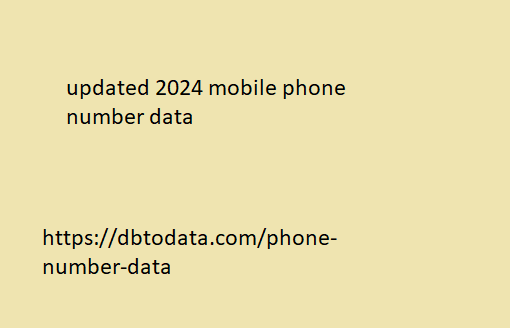When it comes to dealing with traffic congestion, the common belief is that adding more lanes to a road will help alleviate the problem. But is this really the case? In this article, we will explore the relationship between more lanes and traffic flow, and whether or not expanding roadways is a sustainable solution.
Do More Lanes Lead to Smoother Traffic Flow?
The idea that more lanes equal faster traffic flow seems logical at first glance. After all, with more space for vehicles to move, congestion should decrease, right? However, studies how to build telemarketing data have shown that adding more lanes often leads to induced demand – a phenomenon where increased capacity attracts more vehicles, eventually negating any initial benefits gained from the expansion. In essence, more lanes can actually lead to more traffic.
How Does Induced Demand Work?
Induced demand occurs when drivers who previously avoided a congested route due to traffic choose to use the expanded roadway once more lanes are added. This influx of new drivers quickly fills up the extra capacity, causing congestion levels to return to their original state or even worsen. As a result, the cycle of building more lanes to alleviate traffic congestion becomes never-ending.
The Role of Alternative Transportation
Instead of solely relying on the construction of more lanes to address traffic issues, city planners should consider investing in alternative forms of transportation. Developing efficient public transit systems, promoting cycling infrastructure, and encouraging walking can help reduce the number of vehicles on the road and decrease overall congestion. By providing people with attractive alternatives to driving, cities can create a more sustainable and environmentally friendly transportation network.
Benefits of Diversified Transportation Options
Implementing a multi-modal transportation system not only reduces traffic congestion but also has numerous other benefits. Increased use of public transportation which will overwhelm your post making can lower greenhouse gas emissions, improve air quality, and promote physical activity. Additionally, investing in alternative transportation modes can lead to a more equitable and inclusive city, where everyone has access to affordable and efficient means of getting around.
Conclusion: Finding a Balanced Approach
In conclusion, the idea that more lanes automatically lead to smoother traffic flow is a oversimplification of a complex issue. While expanding roadways can provide temporary india lead relief, it is not a sustainable solution in the long run. To effectively address traffic congestion, cities must adopt a more holistic approach that includes investing in alternative transportation options, improving infrastructure, and promoting sustainable urban planning practices. By prioritizing the needs of all road users, we can create cities that are not only efficient but also livable for everyone.





